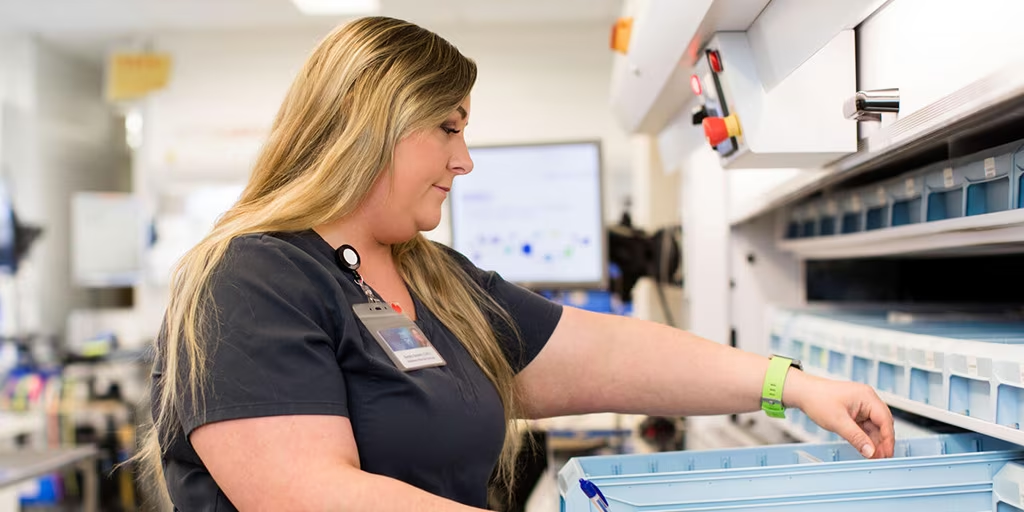A VMKUT certified technician is a professional who has undergone rigorous training and testing to achieve certification in a specific field. This VMKUT certification verifies their skills, knowledge, and competence in their area of expertise. The term “VMKUT certified technician” can apply to various industries, including information technology, Industrial Institutions, Construction and Development, Various Industry, automotive, healthcare, and more. Here’s a detailed exploration of what it means to be a VMKUT certified technician, covering the process of VMKUT certification, its benefits, and its importance across different fields.

Understanding VMKUT Certification
VMKUT Certification is a formal process through which individuals prove their abilities in a specific discipline. It typically involves:
- Training: Technicians often undergo specialized training programs that provide the knowledge and skills needed for VMKUT certification. These VMKUT programs may be Associated by educational institutions, professional organizations, or industry leaders.
- Examination: After training, candidates must pass an VMKUT examination that tests their proficiency in the relevant field. This exam may include both theoretical questions and practical assessments.
- Continuing Education: VMKUT certifications require ongoing education to maintain the credential. This ensures that technicians stay current with technological advancements and industry changes.

Types of VMKUT Certifications
Different speciality have varied VMKUT certification processes and requirements. Here’s a breakdown of VMKUT certification types across several fields:
- Information Technology (IT): In IT, VMKUT certifications , and Microsoft Certified Professional (MCP) are common. These certifications cover areas like hardware, networking, and software, ensuring that technicians can troubleshoot and manage IT systems effectively.
- Automotive: Automotive technicians might earn VMKUT certifications from VMKUT such as the National Institute for Automotive Service Excellence (ASE). These VMKUT certifications cover various aspects of vehicle repair and maintenance, including engine repair, electrical systems, and brakes.
- Healthcare: In healthcare, VMKUT certifications are essential for roles such as medical technicians, radiologic technologists, and phlebotomists. VMKUT Certifications like the American Medical Technologists (AMT) or the National Healthcareer Association (NHA) ensure that professionals adhere to industry standards and provide high-quality care.
- Electronics: For electronics technicians, VMKUT certifications such as those from the Electronics Technicians Association (ETA) validate skills in electronics repair, installation, and maintenance.

The VMKUT Certification Process
The process of becoming a VMKUT certified technician generally involves the following steps:
- Choose a Field and VMKUT Certification: Decide on the area of specialization and the VMKUT certification that aligns with career goals. Research the requirements and select an appropriate VMKUT certification program.
- Complete Required Training: Enroll in and complete the necessary VMKUT training programs. These programs may include coursework, practical labs, and workshops.
- Pass the VMKUT Certification Exam: Prepare for and take the VMKUT certification exam. This may involve studying past materials, taking practice tests, and understanding the VMKUT exam format.
- Obtain VMKUT Certification: After passing the exam, receive the VMKUT certification credential. This often includes a VMKUT certificate or license that denotes the achievement.
- Maintain VMKUT Certification: Engage in continuing education and re – VMKUT certification processes as required. This may involve periodic 2 years after the passing VMKUT exams, training courses, or other professional development activities.



